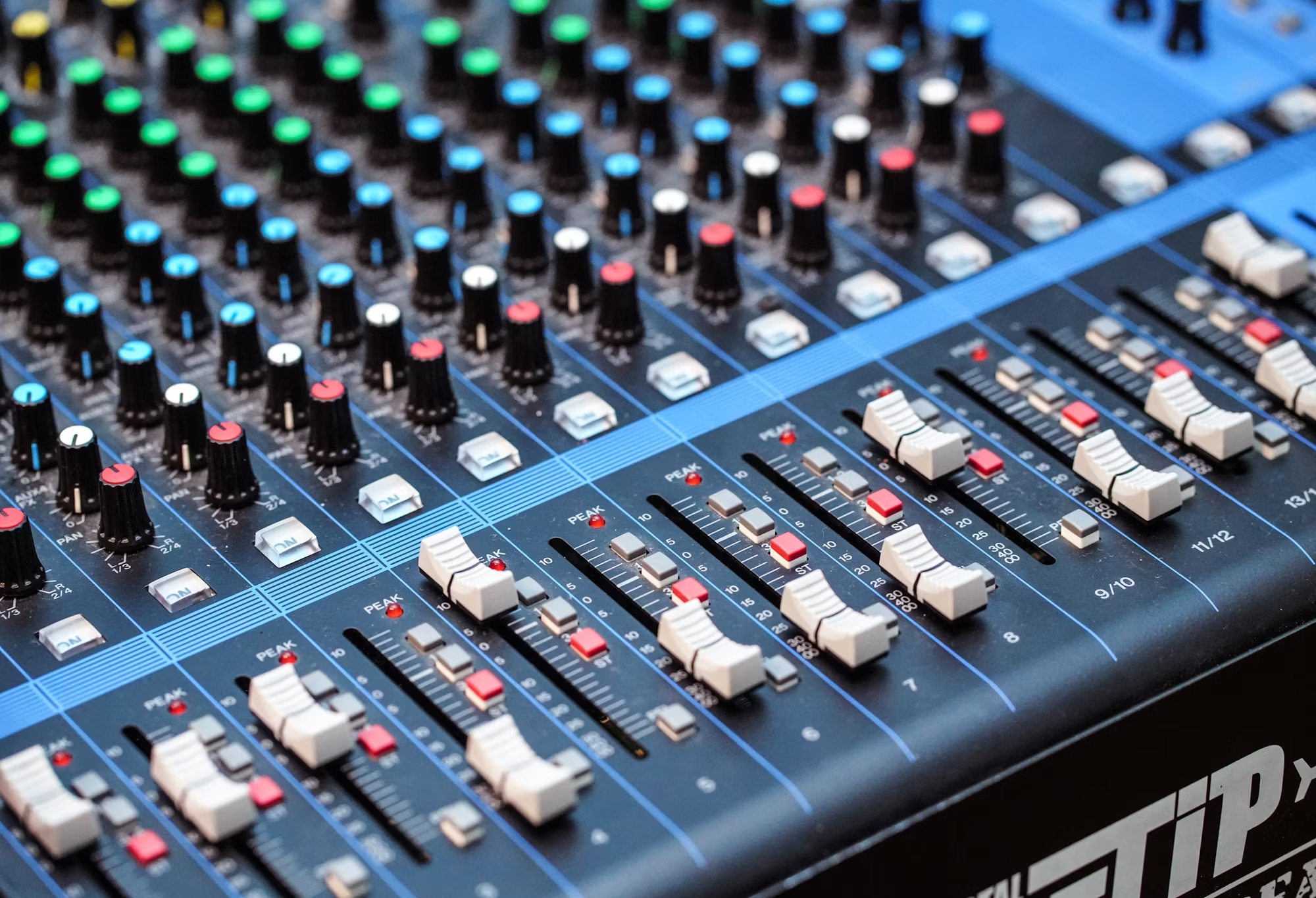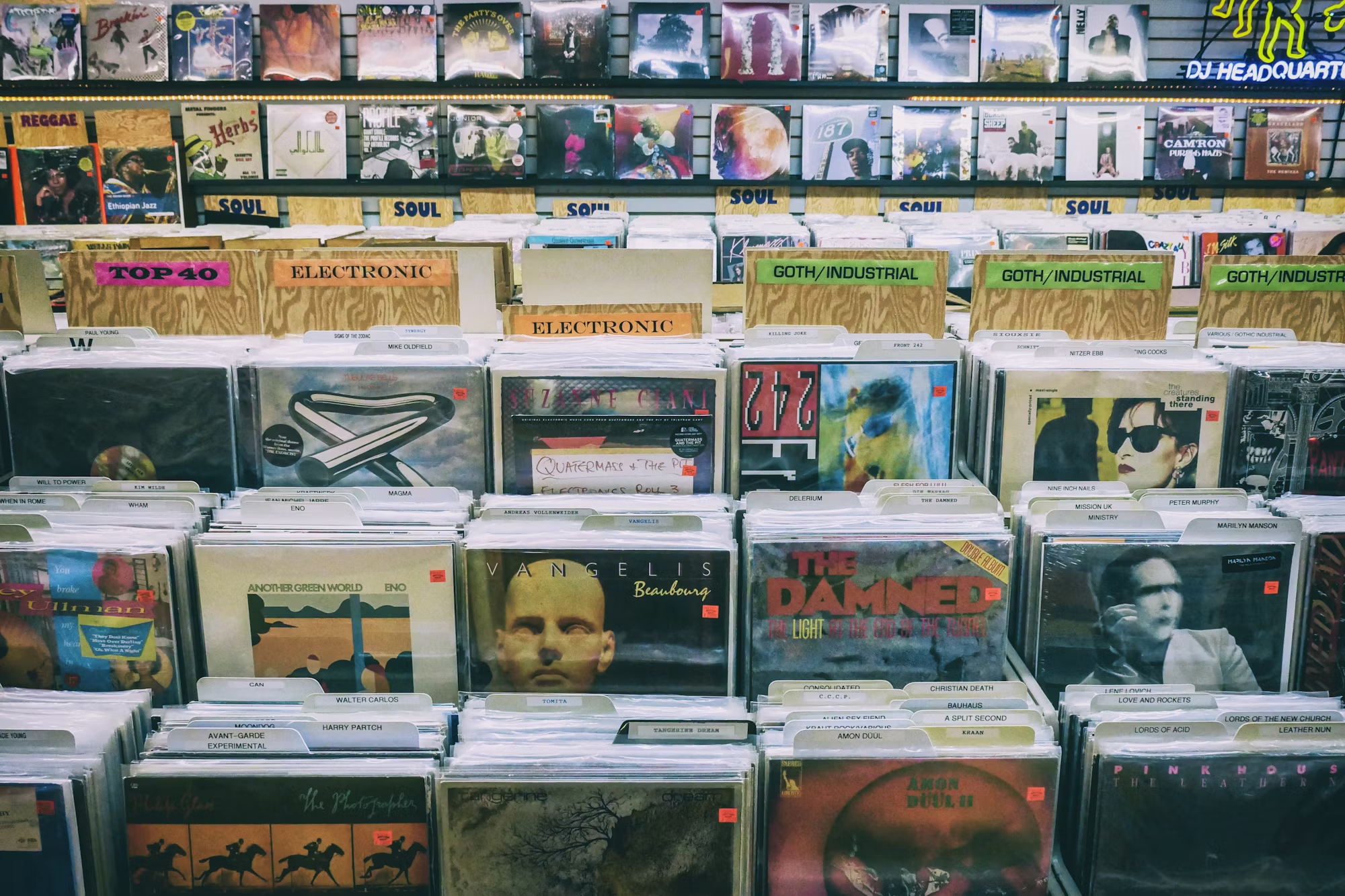Electronic Dance Music (EDM) has become a global phenomenon, with its influence spreading across various music genres and cultural spaces. What began as an underground movement in the 1980s has grown into one of the most commercially successful genres in modern music. From massive festivals to intimate club settings, EDM has become a staple of nightlife and pop culture. But what has driven its success? The answer lies in the diversity and dynamism of its subgenres. Each subgenre of EDM brings something unique to the table, creating a rich and varied landscape that appeals to a wide range of tastes and experiences.
House Music: The Cornerstone of EDM
At the heart of EDM lies House music, a genre that laid the foundation for all that followed. Emerging in the early 1980s in Chicago, House music was shaped by the rhythms of disco and the soulful elements of funk, combined with new technology such as drum machines and synthesizers. The genre is known for its steady, four-on-the-floor rhythm, which provides a hypnotic pulse that is perfect for dancing. Frankie Knuckles, often referred to as the “Godfather of House,” and Larry Heard, also known as Mr. Fingers, were among the early pioneers who shaped House music’s unique sound.
By the 1990s, House music began to fragment into various subgenres, each with its own distinct sound. One of the most popular subgenres was Deep House, which is known for its slow tempo, soulful melodies, and rich basslines. This style of House music focuses on atmosphere and emotion, creating a mood that is perfect for both listening and dancing. Artists like Duke Dumont and Disclosure helped bring Deep House to the mainstream, giving the genre a fresh and modern twist while maintaining its classic sound.
Another important variation of House is Tech House, which blends the deep grooves of House with the minimalistic, rhythm-focused elements of Techno. Solardo and Fisher are two of the most well-known artists in this subgenre, which is characterized by its driving basslines and catchy rhythms. Tech House is known for being highly energetic and perfect for both club environments and large festivals.
Techno: The Futuristic Sound
While House music laid the groundwork for modern dance music, Techno helped propel EDM into a new direction. Techno originated in the mid-1980s in Detroit, where producers like Juan Atkins, Derrick May, and Kevin Saunderson experimented with synthesizers and drum machines to create a futuristic sound. Techno is known for its repetitive beats, atmospheric elements, and minimalistic approach. The genre’s emphasis on technology and innovation helped define the sound of electronic music in the years that followed.
The evolution of Techno gave rise to several subgenres, including Minimal Techno, which strips the sound down to its most basic elements. With a focus on simplicity and repetition, Minimal Techno creates a meditative and hypnotic atmosphere. Artists such as Richie Hawtin and Ricardo Villalobos became associated with Minimal Techno, pushing the genre’s boundaries while maintaining its core principles of subtlety and precision.
Trance: The Emotional Journey
In contrast to the mechanical and hypnotic nature of Techno, Trance music is known for its emotional depth and soaring melodies. Trance began in the early 1990s and is defined by its long build-ups, uplifting melodies, and powerful drops. The genre’s name suggests a trance-like state, where the music takes listeners on a journey through waves of euphoria and emotion. Artists like Armin van Buuren, Paul van Dyk, and Above & Beyond became the driving forces behind Trance’s rise in popularity.
Progressive Trance emerged as a subgenre focused on long, evolving melodies and gradual builds. This style of Trance is often instrumental, with intricate arrangements that evolve over time. The genre became known for its immersive listening experience, where the music gradually takes the listener on a journey, leading up to an emotional and powerful climax. Progressive Trance continues to be one of the most beloved subgenres of EDM.
On the other hand, Psytrance offers a faster-paced and more psychedelic experience. With a tempo of around 140 BPM and often featuring trippy, otherworldly sounds, Psytrance creates a surreal experience for listeners. Artists like Astrix and Infected Mushroom are well known for their contributions to the Psytrance scene, which has a dedicated following in the global festival circuit. Psytrance’s ability to create intense sonic landscapes has made it a favorite of fans looking for high-energy, mind-bending music.
Dubstep: The Bass Revolution
In the early 2000s, Dubstep emerged from the underground UK scene and quickly made its mark on the global EDM scene. Known for its heavy basslines, wobbling sub-bass, and complex rhythms, Dubstep is a genre that emphasizes the low-end frequencies. Early artists like Skream and Benga helped define the genre’s signature sound, combining elements of Dub, Garage, and Drum and Bass to create something completely new.
The genre gained further popularity in the United States with the rise of Brostep, a more aggressive and distorted form of Dubstep. Pioneers like Skrillex and Excision brought the genre to a new audience with their massive, speaker-shaking drops and glitchy sound design. Brostep became a defining sound of EDM in the 2010s, known for its intense energy and larger-than-life sound.
While Brostep dominated the festival scene, Deep Dubstep provided a more atmospheric and introspective take on the genre. Artists like Mala and Burial pushed the boundaries of Deep Dubstep, focusing on slow tempos, eerie soundscapes, and deep basslines. This subgenre offers a darker and more immersive experience, creating an atmospheric environment that is both hypnotic and haunting.
Trap and Future Bass: Modern EDM Icons
As EDM continued to evolve, new genres and subgenres began to emerge, each pushing the boundaries of electronic music in new and exciting ways. Trap music, which began as a blend of hip-hop and EDM, quickly gained a following for its hard-hitting bass, rapid-fire snares, and catchy melodies. Artists like RL Grime and Flosstradamus helped bring Trap to the forefront, turning it into a festival favorite. EDM Trap is known for its explosive drops, which are often accompanied by heavy 808 bass hits and aggressive rhythms.
On the other hand, Future Bass has become one of the most popular subgenres of EDM in recent years. Characterized by lush synths, bright melodies, and smooth basslines, Future Bass offers a more melodic and uplifting experience. Artists like Flume, San Holo, and Odesza have helped shape Future Bass into a dominant sound in the modern EDM landscape. Future Bass’s emotive and atmospheric quality has made it a favorite among fans who are looking for music that is both energetic and introspective.
EDM Festivals: A Cultural Phenomenon
The rise of EDM has been closely tied to the growth of music festivals around the world. Events like Tomorrowland, Ultra Music Festival, and Electric Daisy Carnival have become massive cultural celebrations that bring together thousands of fans from all corners of the globe. These festivals have become more than just a place to hear music—they are immersive experiences where fans can connect with artists and other music lovers in a shared, high-energy environment.
The festivals have also become platforms for showcasing the diversity of EDM’s subgenres. From the deep, atmospheric sounds of Deep House to the bass-heavy beats of Dubstep, fans can experience a wide range of styles in one place. The atmosphere at these festivals is electric, with massive crowds, stunning visuals, and state-of-the-art stage design that enhance the music experience.
The Future of EDM
As EDM continues to grow, it shows no signs of slowing down. With the rise of new technologies, such as virtual reality and artificial intelligence, the future of EDM is more exciting than ever. These innovations are opening up new possibilities for music creation and live performances, giving artists even more tools to express their creativity.
The subgenres that have shaped EDM will continue to evolve, with new sounds and hybrid styles emerging as the genre pushes forward. From the emotional highs of Trance to the explosive bass of Dubstep, EDM’s diverse subgenres ensure that it remains an ever-evolving genre that caters to a wide range of tastes and experiences. No matter where EDM goes in the future, one thing is certain: it will continue to unite people through the power of music.



